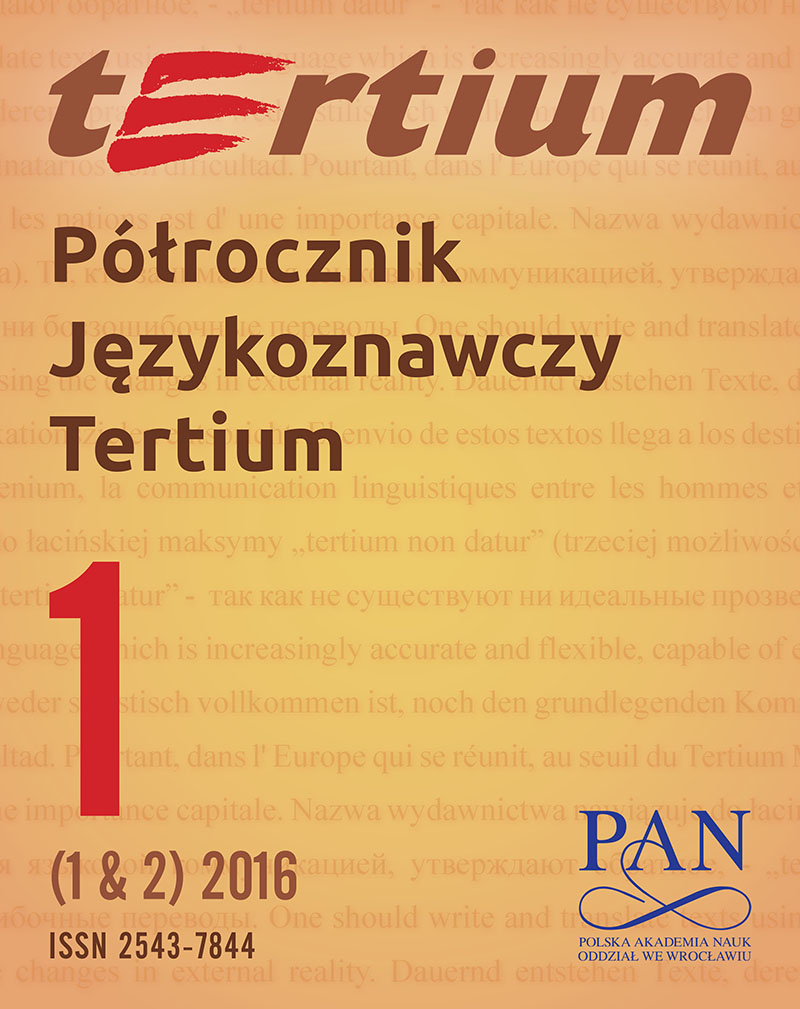
We kindly inform you that, as long as the subject affiliation of our 300.000+ articles is in progress, you might get unsufficient or no results on your third level or second level search. In this case, please broaden your search criteria.

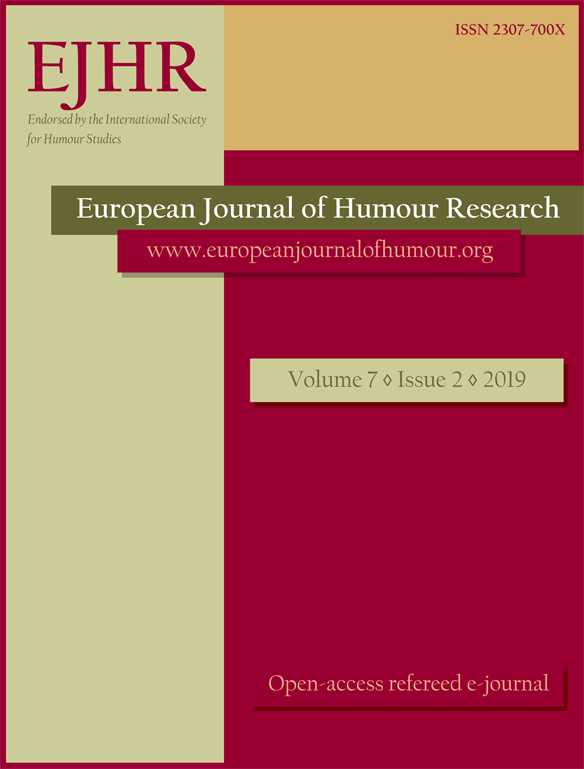
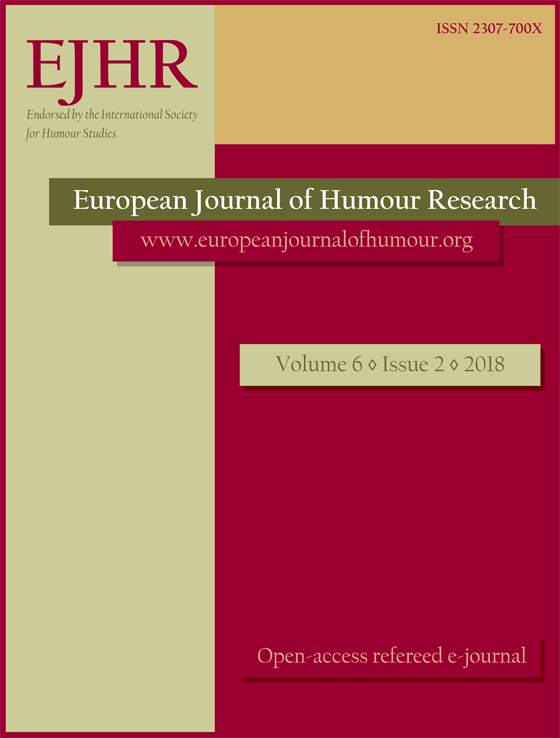
The Poles’ observations regarding the reality of the last decades motivated the creation of certain meme characters deeply set in the Polish culture and reflecting the new social phenomena which have come into existence recently. The examples of such persons include the characters named Janusz, Grażyna, Seba and Karyna. Previously, the names had no connotative potential and they were not used as components of idiomatic expressions. In the modern Polish, the names function as labels evoking many features (personality, given intellectual potential, appearance, stereotypical behaviour etc.). For instance, Janusz is a man in his fifties, with a beer belly and reddish face, unattractive, with very limited knowledge in a field in which he himself considers to be an expert, complaining and stressing that life was much better in communist times, wearing unfashionable clothes, putting on sandals and white socks. It is worth adding that because of the connotations, the name is used in the expression typowy Janusz/janusz and in the construction Janusze/janusze + a discipline/area of activity, e.g. janusze biznesu. Both in informal communication and in the journalese discourse, their belonging to labels is of importance – the names evoke complex pictures. As culture-bound items, such units are interesting from a cross-linguistic and cross-cultural perspective. They will be analyzed and compared with the character of the English-language Bad Luck Brian memes.
More...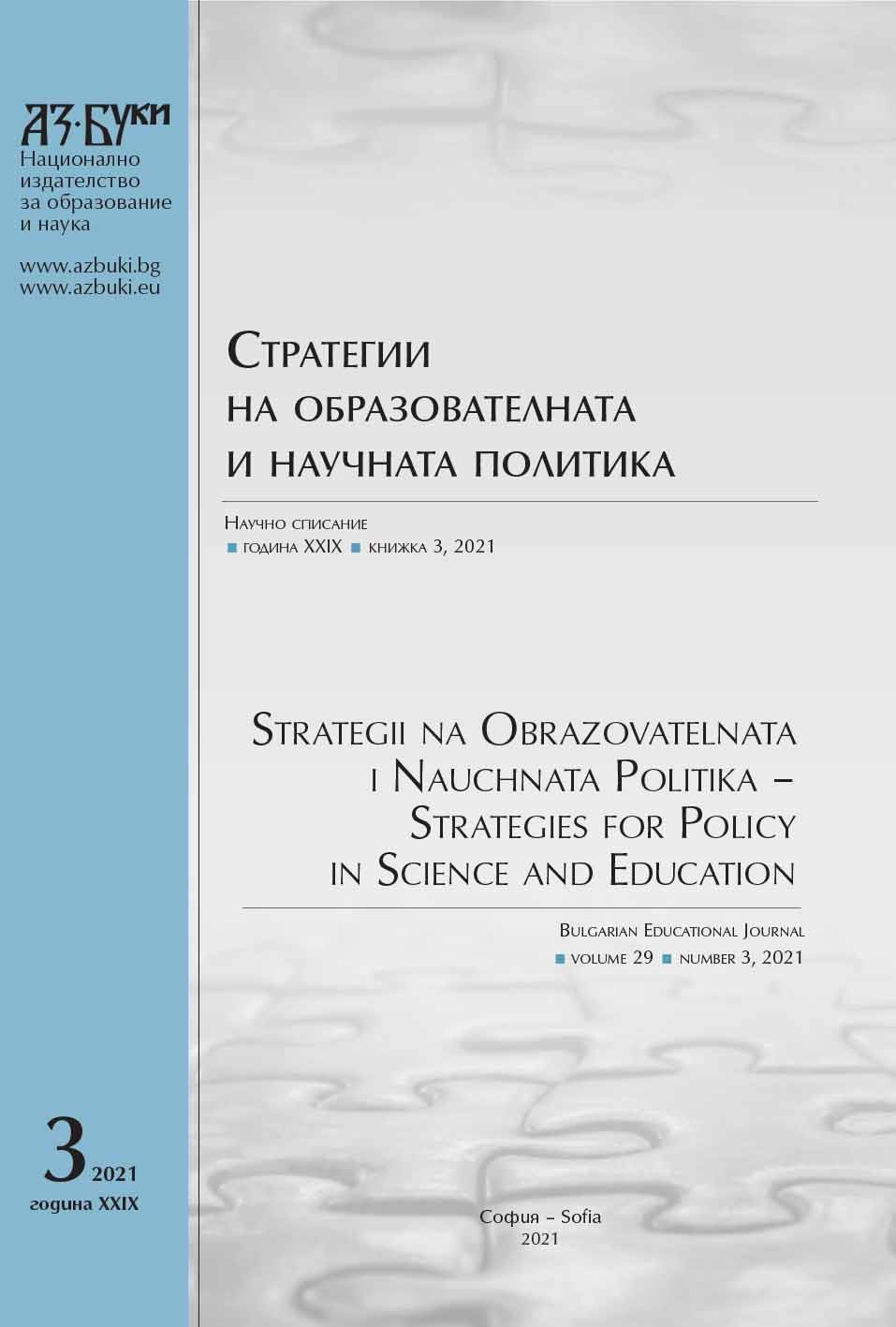
Marketing communications, which are part of the entrepreneurship’ discipline, can integrate the most important school disciplines with the help of semiotics. Several relevant scientific articles and books in the following areas: business education, integrations between different school (educational) disciplines, semiotics and advertising, metaphor, synecdoche, etc. are analyzed in the Literature Review. The main text of the article studies different examples of corporate style and corporate identity. They are important part of business and entrepreneurship. Admen (artists, designers, etc.) in marketing communications created this corporate style and corporate identity on the basis of various visual metaphors, synecdoche and other stylistic figures. The authors of textbooks for primary and secondary school and the teachers can integrate the education of native language, foreign languages, literature, art and entrepreneurship with the help of these and other stylistic figures.
More...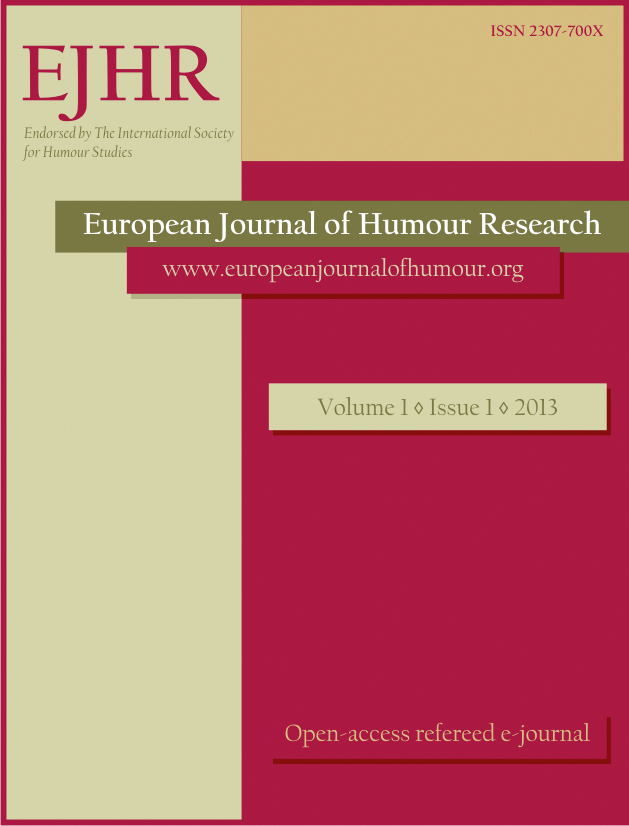
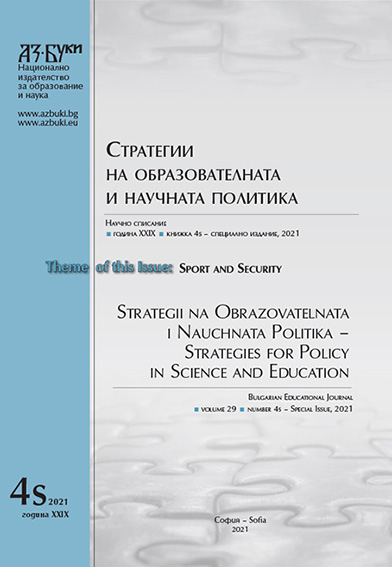
One aspect of the security of sport, which is rarely considered by the organizers of sports events, concerns the different manifestations of match-fixing. The match-fixing of the result of a sports event or any component of it contradicts the established norms and values of the sporting competition, drawn up at the end of the XIX century by Baron Pierre de Coubertin and known as Olympism. Today, match-fixing is one of the phenomena in modern sport. Advertising, publicity, profit largely regulate relations in professional sport, and in full force, this applies to football as the most popular sport in the world. If we look at what has been said so far through the prism of Bulgarian football, it is enough to look at the Bulgarian football championships, whose official sponsor is an online betting company at sporting events and the first football league is named after this company. This same company has sponsorship relations with more than 10football clubs, and to them we can add the volleyball and basketball federations, as well as some of the brightest representatives of these federations. Noticing this trend of business entering the sport, we set out to explore the opinion of players and their coaches about the manifestation of the phenomenon of match-fixing in Bulgarian football. The results of the survey show the existence of match-fixing at both professional and amateur level and allow us to indicate some steps to prevent such non-sporting techniques from winning.
More...
This research offers a review of the online news content in Bulgaria, related to school aggression, violence, and sports initiatives tackling those behavioral problems. The aim is to provide an understanding of the phenomenon and the societal attitude towards its dimensions and possible solutions through sport. A media content analysis of online articles, dated January 2019 – April 2020, was used as a research methodology. Thirty-three articles on aggression and violence in school were reviewed, based on their frequency, timeline, place of publication, topics, and spokesperson. For the same time period, sixteen articles related to dealing with aggression through sport were reported. The results show that most of the media content on violence and aggression among students was related to raw statistical data and reports of cases. A relatively small section in the news was dedicated to opinion articles. It was observed that those who witness cases of aggression do not understand the seriousness of the situation and see it as entertainment. As a result, a major part of the video content, related to aggression, is being uploaded on the Internet by students and parents. However, the public focus is mainly shifted towards the school authorities and the figure of the teacher. At the same time, aggression in schools is spread among all students. It has a constant value and is provoked by numerous factors. On the contrary, initiatives and events aiming to disseminate information and to reduce aggression through sport were organized in many Bulgarian cities by nonprofit organizations, municipalities, and schools. The majority of events were organized as a part of European or national projects. It is suggested a more centralized national approach towards reducing aggression through different sports activities in school.
More...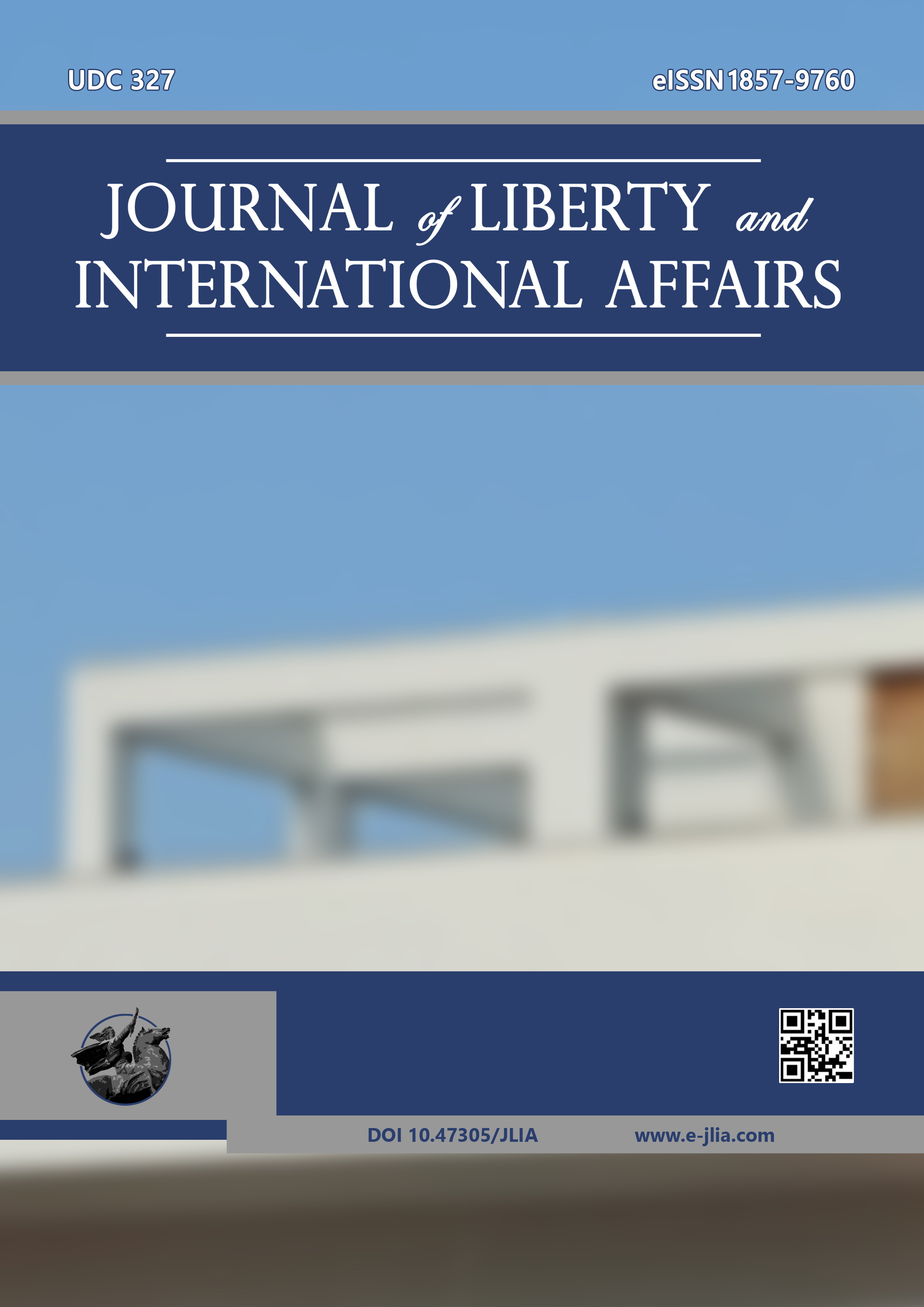
In recent days in Vietnam, the amount of fake news spreading online about the Covid-19 epidemic has shown signs of increasing, causing information confusion and complicating the situation. This fact has received significant attention from scientists. To supplement the evidence of previous studies, enrich the research literature and make policy recommendations to the Government, this study explores the factors influencing the sharing of fake news on social networks. This study was conducted through a cross-sectional survey using an intentional sampling technique (n = 200) multivariate linear regression analysis technique was applied to prove the hypotheses. Research results show that the factors of altruism, entertainment, socialization, self-promotion, and instant information sharing have a positive and meaningful impact on sharing fake news about Covid_19 on social networks.
More...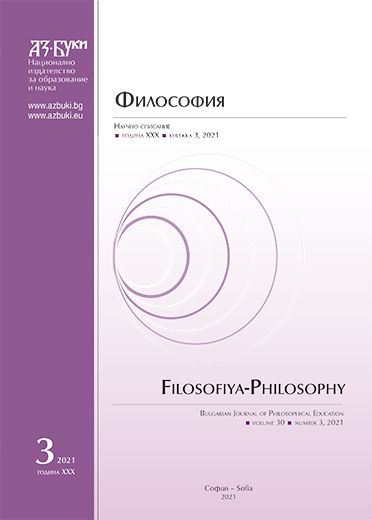
An extended approach to the comprehension of virtual reality is developed in the article. Virtual reality is understood not only as a logically possible or cybernetically constructed reality but also as continuous turbulence of potencies of the complex natural and social world we live in, the wandering of complex systems and organizations over a field of possibilities, such a realization of forms and structures in which many formations remain in latent, potential forms, and are in the permanent process of making and multiplying a spectrum of possibilities, lead to the growth of the evolutionary tree of paths of development. It is shown that such an understanding of virtual reality corresponds to concepts and notions developed in the modern science of complexity. The most significant concepts are considered, such as the nonlinearity of time, the relationship of space and time, the uncertainty of the past and the openness of the future, the choice and construction of the future at the moments of passing the bifurcation points. Some cultural and historical prototypes of these modern ideas of virtual reality are given. It is substantiated that the vision of virtual reality being developed today can play the role of a heuristic tool for understanding the functioning and stimulation of human creativity.
More...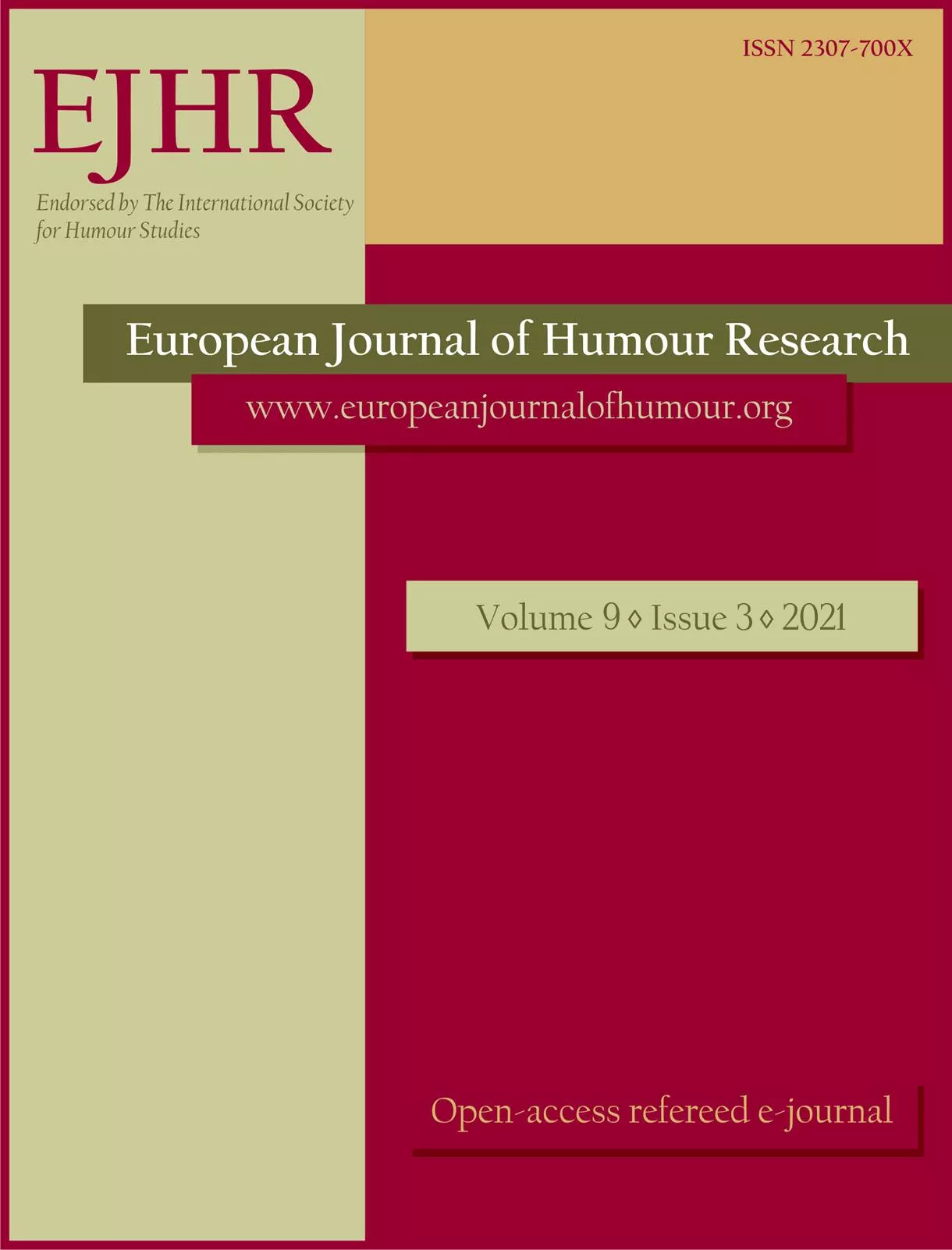
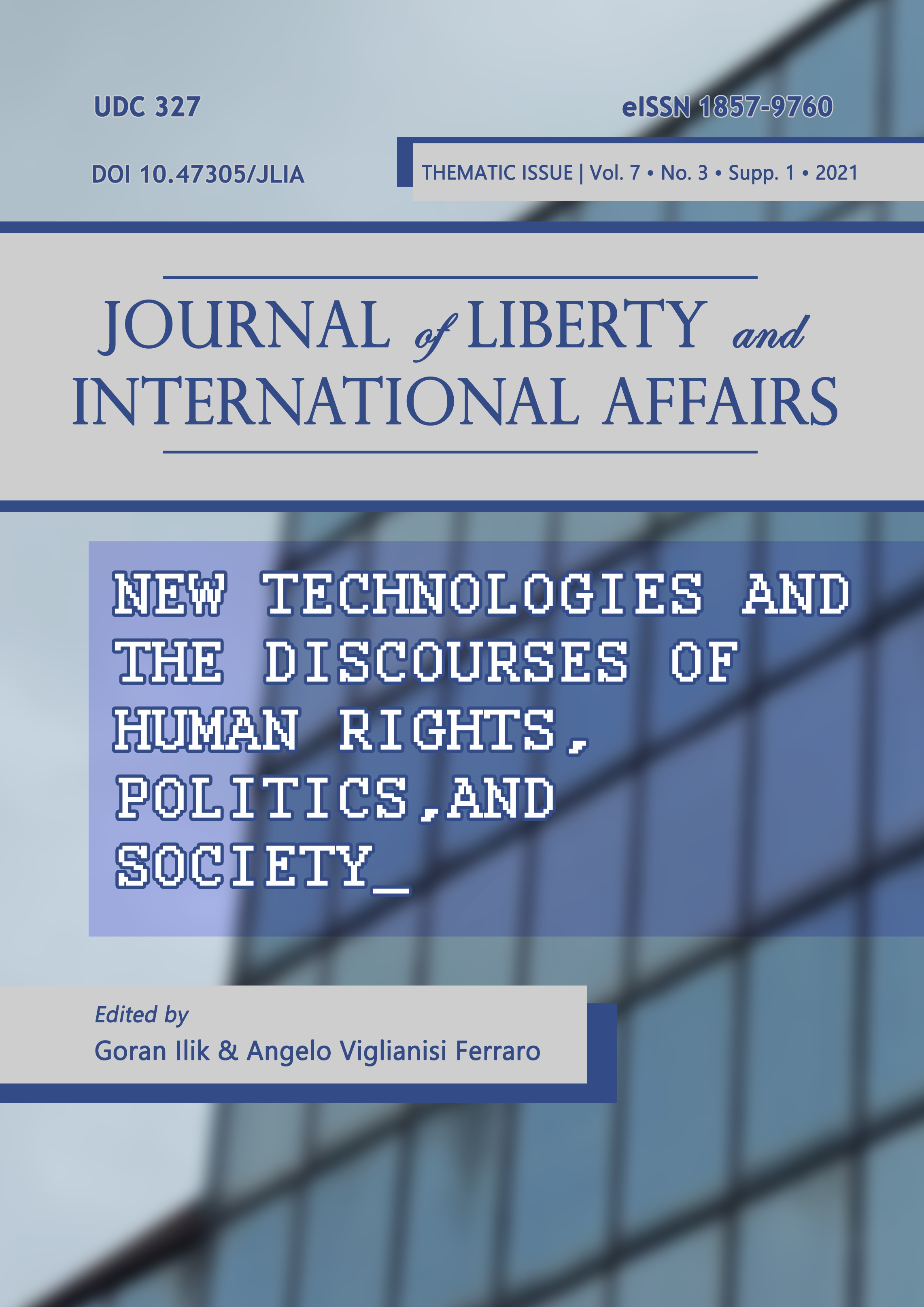
The main objective of this article is to analyze the importance of digital transformation and the funds provided by way of the Next Generation EU (NGEU) plan, taking into account the Spanish case. Through the working hypothesis, it was established that the Iberian country has a wide margin for improvement in the context of digitalization. Likewise, that NGEU forms a key impulse for the recovery from the crisis caused by Covid-19, as well as for the implementation of new digital technologies in Spain. The use of the Digital Economy and Society Index, developed by the European Commission, has allowed us to carry out empirical research. The evaluation of the current situation and the progress of Spain in the field of analysis, as well as the putting it in perspective regarding the rest of the Member States, have been undertaken. Moreover, the Eurostat database has been employed, in addition to the estimations of the Spanish executive exposed through the Digital Agenda 2025, to examine investment in R&D and intangible assets and try to assess the importance of the EU recovery fund for Spain's development and progress in the digitization framework. Finally, the hypothesis and the objectives have been achieved.
More...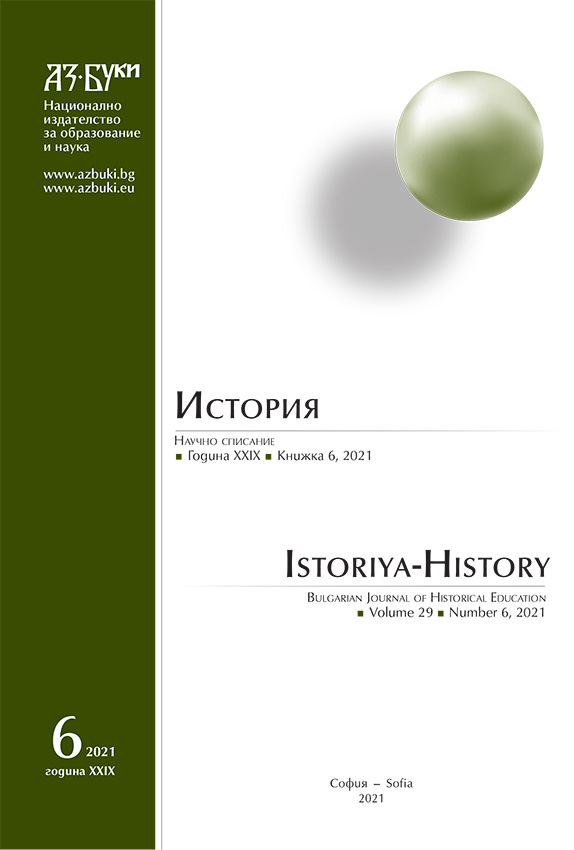
The purpose of the article is to analyse the use of political propaganda methods employed by the Russian Empire before and during the First World War, in particular, on the Ukrainian lands, which became a direct theatre of military operations and a field of confrontation between intelligence and counterintelligence services of belligerent powers, which exercised manipulative influence upon great masses of population and implemented special technologies for the formation of public opinion. The research methodology is based on the principles of objectivity, systematicity, dialectics, historicism and interdisciplinarity. The study is grounded on problem chronological, institutional and historical methods, as well as social psychology methods, used in propaganda practices. Scientific novelty: on the basis of printed materials: brochures, First World War periodicals, published posters and woodcuts (lubki prints), as well as memoirs of people, involved in the organization of propaganda campaigns, certain objects, technologies and forms of propaganda, in particular, the involvement of intelligence officers of the Russian Imperial Army in manipulative technologies, were defined. The widespread use of propaganda and counter-propaganda by the states that were the main players of the First World War, became a kind of hallmark of that war. In Russia, unlike other states, there were no special bodies and no such bodies were created later to influence public opinion in their own, hostile or neutral states. The peculiarity of the propaganda of the Russian Empire was the use of mainly constructive (positive) propaganda aimed at neutralizing social conflicts within the state, uniting the population and the authorities and their joint struggle against the enemy. The ideas of Pan-Slavism and Neo-Slavism were actively applied in the international realm. They were aimed at the unity of the Slavic world under the auspices of Russia as the defender of the Slavic peoples and the Orthodox Christian faith. The use of destructive propaganda technologies was aimed at creating the image of the “enemy” and uniting patriotic forces against it. At the same time, Russia failed to offer Slavic peoples of the empire, in particular Ukrainians, to realize their political aspirations in resolving the national issue; it did not feel a change of mood and did not restructure the content of propaganda rhetoric, which eventually led to its defeat in the information and psychological space.
More...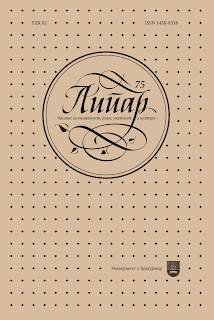
In der Arbeit wird die Berichterstattung der deutschen Zeitschrift Spiegel während der NATO-Bombenangriffe auf die Bundesrepublik Jugoslawien im Jahr 1999 nach den Methoden der Diskursanalyse und der Theorien des kollektiven Gedächtnisses analysiert. Die Arbeit soll erklären, was unter dem Begriff kollektives Gedächtnis aus linguistischer Sicht zu verstehen ist, wofür Medientexte geeignet sind und inwieweit sie das kollektive Gedächtnis bestimmter Ereignisse aus der Vergan- genheit prägen, wie Wissen und negative Bilder vergangener Ereignisse durch die Medien konstruiert werden, sowie die Art und Weise, wie ein negatives Bild Serbiens in deutschen Zeitungsberichten des Nachrichtenmagazins DER SPIEGEL im Jahr 1999 konstruiert wurde. Die Hypothese der Arbeit lautet, dass das negative Bild Serbiens in der Berichterstattung des ausgewählten Magazins während des NATO-Bombenangriffs auf der Semantik des Lexems oder der sprachlichen Konstruktionen basiert, die im Diskurs auf Deutsch verwendet wurden.
More...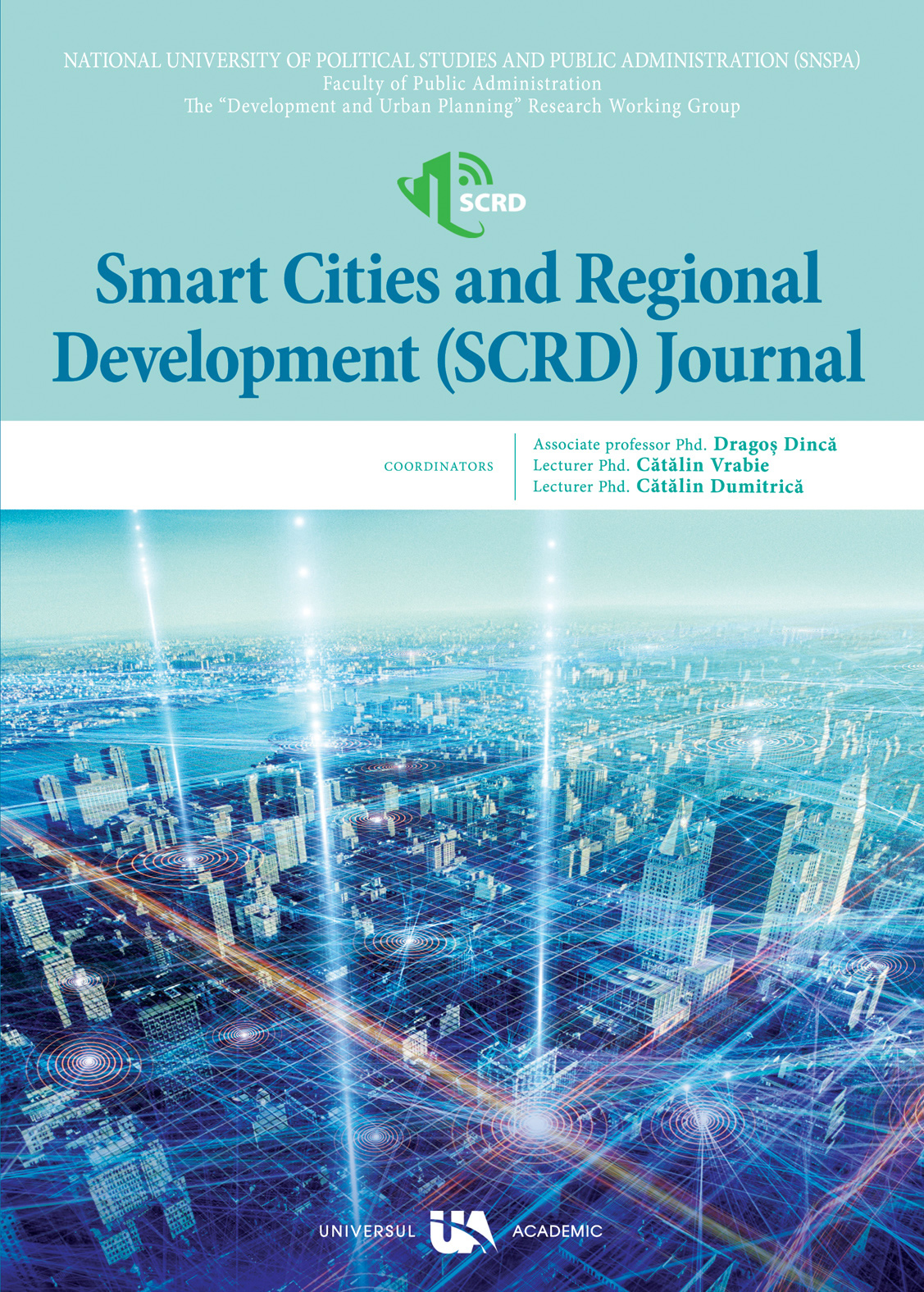
In this modern era, advances in communication technology have spread to the lives of humanity. One form of advancement in communication technology is new media, which is known as digital technology, which then gave birth to social media. One political actor is the regional head. Ganjar Pranowo, as one of the local leaders, carried out political communication by establishing close relations with the community, collaborating with various parties to show the performance that had carried out by utilizing social media as a medium of contact with the public. The method used in this research is to use social media analysis with Nvivo 12 Plus. Based on the study from Nvivo stated that Ganjar Pranowo's Political Communication focuses on political and government matters. Ganjar Pranowo aggressively promotes #VisitJawaTengah and #JatengGayeng. Mention interactions from Twitter Ganjar Pranawo and Taj Yasin Maimoen are the most common interactions based on Word similarity. Based on this, it can see that Ganjar Pranowo provides information to the public by utilizing social media as a medium of political communication.
More...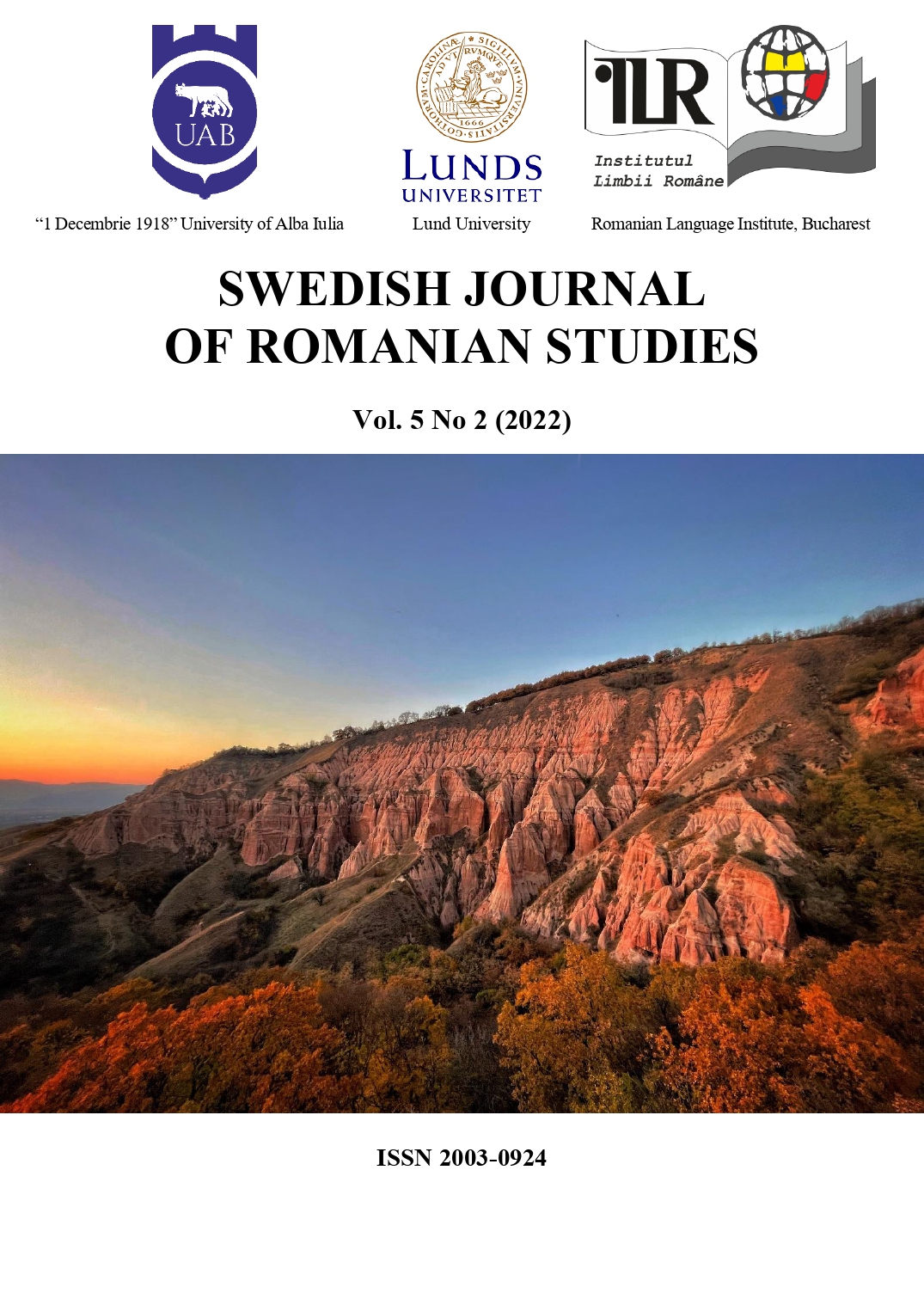
In recent times, Indian ascetics have become pop icons due to the influence of visual entertainment media. Outside their country of origin, they are often negatively stereotyped to foster derogatory understandings of the Others and their cultures. In this paper, we will focus on representations of Indian ascetics. Starting with their early depictions in the memoir of the Transylvanian physician Dr Honigberger, we will examine their representations in Romanian newspapers and journals. In order to account for Romanian interest in ascetics from a faraway land, this paper will take into consideration the historical developments that led to the growth of European interest in them. Through a comparison between nineteenth century British (Osborne 1840) and East-European (Honigberger 1851, 1852) writings on Indian ascetics, we will try to understand whether conceptualization of Indian ascetics in Romanian-speaking territories differed in any way from that of the British colonizers in India. The paper will then move on to examine how the Romanian press conceptualized these ascetics. Evidences point to the fact that the Romanian press became interested in Indian ascetics, erroneously generalized as fakirs, from ca. 1900 to 1940. Analysing Romanian journal and magazine articles on Indian fakirs, which till now remain untranslated into English, this article will try to show how the Romanian press conceived of the ascetics of a faraway country. Our research methodology is based on text analysis, relying on a broader cultural perspective. For the purpose of this paper, we have selected a series of article samples, taking into consideration diversity in terms of regions (southern Romania and Transylvania), as well as the most relevant period (1906-1935). The interest in Indian sadhus and their doings basically emerged starting with the mid-nineteenth century. Yet over the following decades accounts have changed in terms of focus. While nineteenth century authors were primarily concerned with the physical aspects of their work, texts written in the first decades of the twentieth century suggest that journalists and writers generally looked at the more surprising and entertaining side of fakirs’ actions. Finally, the paper suggests why Romanian press lost interest in Indian ascetics after the 1940s.
More...
In recent years, studies on social networks have begun to become more and more numerous in the literature, with scientists showing a real interest in an influential analysis that they have on societies. Social networks are tools through which political candidates have the opportunity to distribute their political message during election campaigns, as well as outside them, to a growing audience. A very strong connection has been made between technology and communication, outside of which we, as individuals, can no longer exist, the virtual space managing to exploit communication in all its aspects. Online political communication, an easily accessible form of manifestation that attracts disinterested political groups, offers the possibility of avoiding information bottlenecks for citizens by changing content in real time, with low information costs, which means a real advantage for politicians.The importance of social networks in political communication is even greater as its role is the main channel of communication and occupies a special place in election campaign strategies. The present study aimes to analyze the phenomenon of social networks in terms of the benefits it offers to politics, through an online political communication with content transmitted in real time, without time limit and with low costs.
More...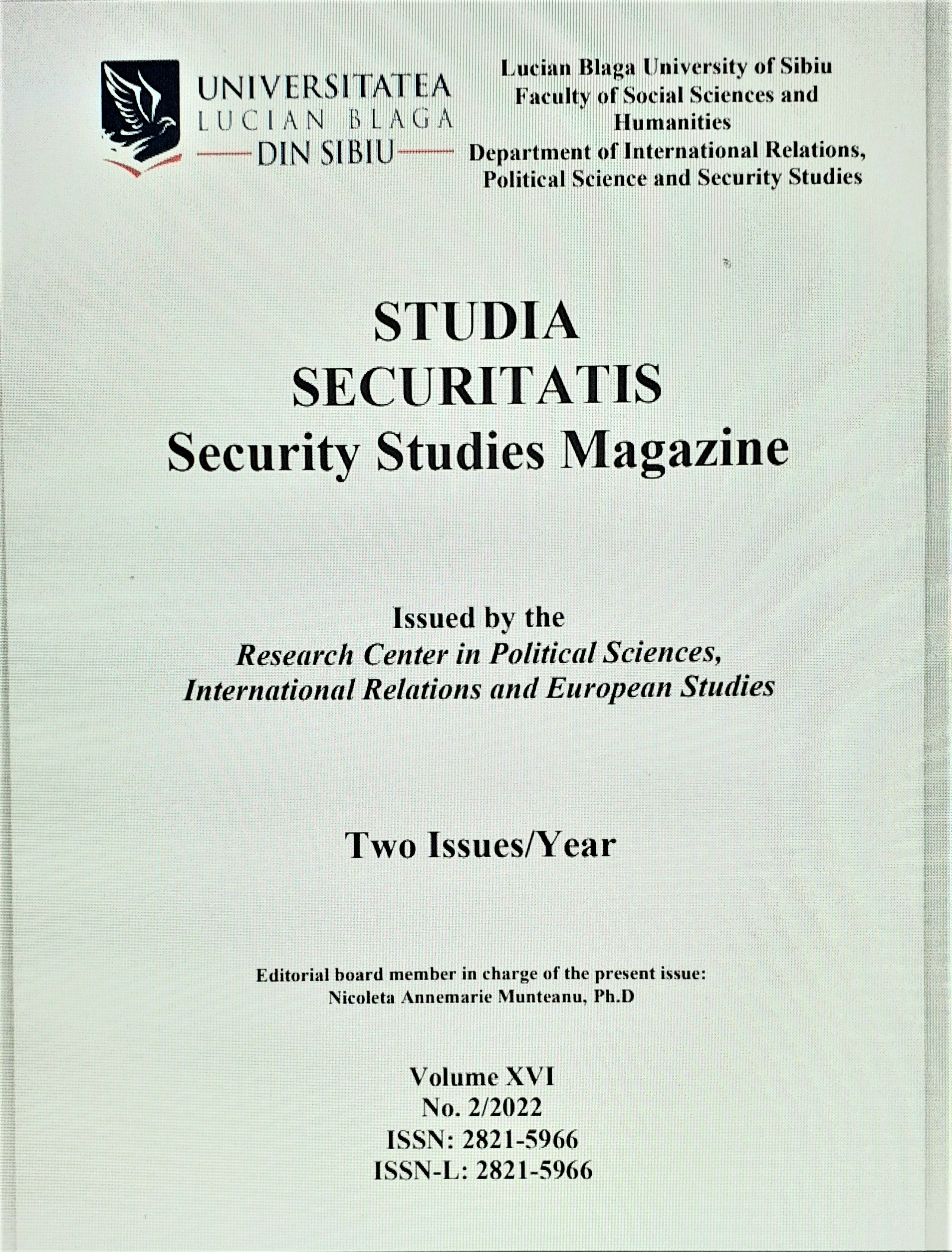
In this paper analyses the problem of limiting the freedom of the press in Malta after published leaks about corruption in public administration. A turning point was murdering Daphne Caruana Galizia in 2017, which drew the international community's attention. The study verifies the following hypothesis: after disclosing corruption scandals, the ruling elite decided to use the means characteristic of quasi-militant democracy to limit the freedom of the press against journalists who reported that issue and recognized them as enemies of the state. This measure was used in practice, despite the legal framework that guarantees the protection of this freedom. The level of using quasi-militant democracy means to limit independent media did not decrease after Galicia’s murder, despite pressure made by international opinion. On the one hand, this phenomenon is the effect of solid foundations for legitimizing corruption in domestic policy. Therefore, public opinion did not seek to disclose abusing power by journalists. On the other hand, NGOs' failed efforts to increase the protection of the freedom of the press result from a lack of efficient measures to improve media freedom. Therefore, ruling elites only declared changes to calm down international opinion but, in practice, adopted other, more personal, non-direct restrictions on independent media. I decided to use quasi-militant democracy as a theoretical category to explore the motivations and consequences of limiting the freedom of the press. The paper’s conclusions will be useful in analyzing restrictions against independent media in the name of protecting democratic regimes in semi-consolidated democracy and explaining the reasons behind this phenomenon.
More...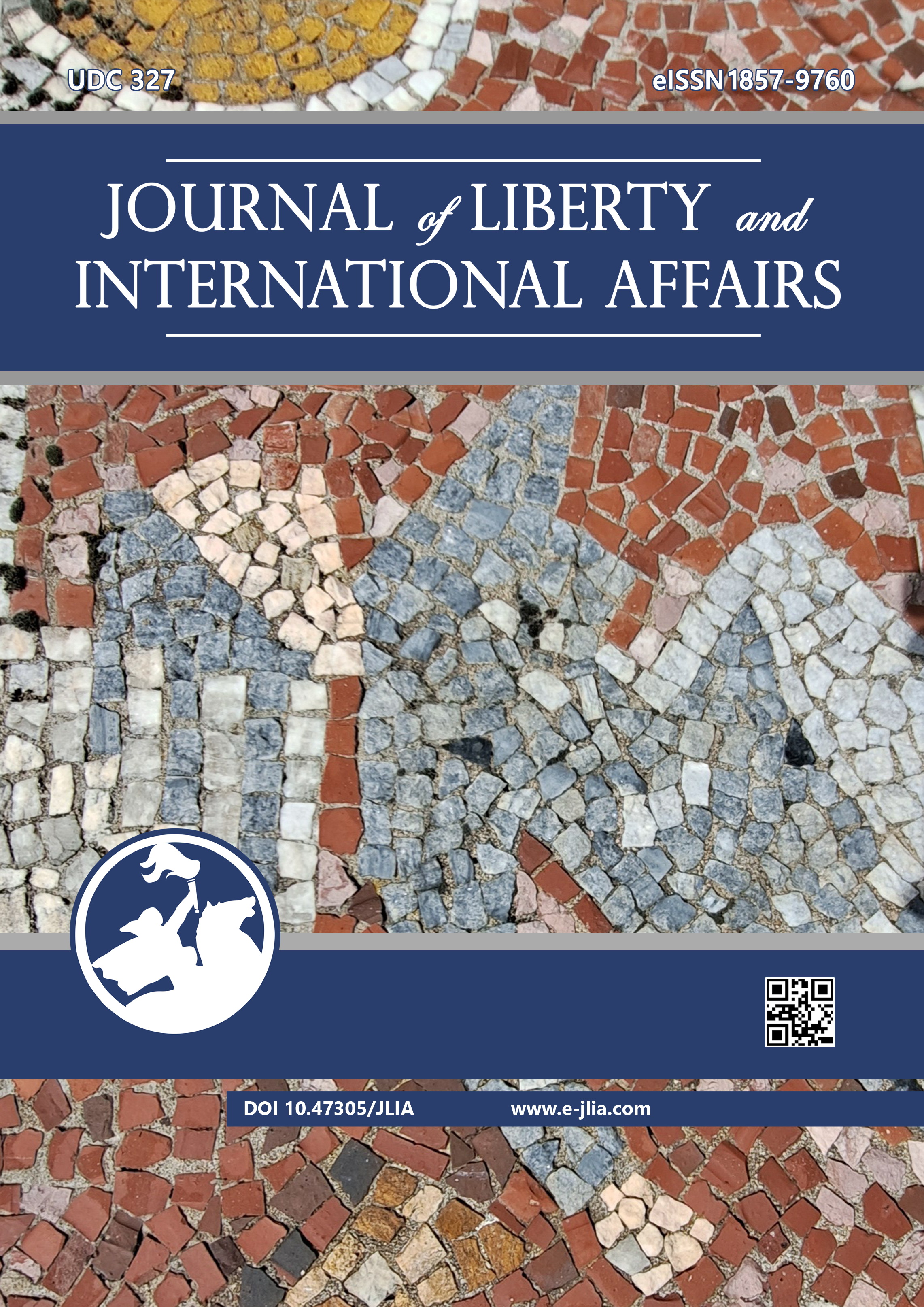
Political communication is inherently intertwined with social dynamics and cannot be considered a separate field of study. Symbolic elements, slogans, and the leadership of political figures have permeated human history, influencing and often determining political action. This study has analyzed the phenomenon of personalization as compelling evidence in the field of contemporary political communication. The analysis is based on a study of Italian cases, aiming to provide an in-depth insight into the strategies adopted by political parties to personalize their leaders’ image and engage voters. In particular, the focus has primarily been on party symbols incorporating the leader’s name. The research was conducted to identify party personalization mechanisms and their impact on public opinion. The result highlighted the role of political communication in asserting the individual as a brand at the expense of the party organization, with significant implications for democracy and political participation.
More...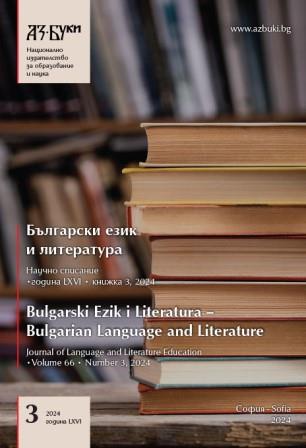
This text explores the potential for updating the phraseological fund of the Bulgarian language in the Bulgarian public discourse and examines the influence of different types of updates on the specifics of the functioning of the given phraseological units in public speech. The most visible updates are those that clearly introduce new elements into the meaning of the original sustained phrase, but at the same time retain the obvious connection to the original language unit. Phraseological units, which are generally distinguished by semantic indivisibility, stability of their lexical composition, invariable structure, imagery, emotionality and expressiveness, are subject to dynamic changes occurring in Bulgarian language in recent years. We direct our interest to stable expressions, in the composition of which a new component appears as a manifestation of lexical dynamics, which replaces an already established one, or an additional element appears in the structure of a phraseology, i.e. our attention will be directed mainly to the so-called lexical updates of the phraseological fund. In the text, we trace the change (structural and semantic) in a number of phraseological units in the Bulgarian language, in which the entry of the lexical component kopeyka is observed. The excerpted material is from two corpora – CLASSLA-web.bg (Bulgarian web) and the corpus of parliamentary speech ParlaMint corpus: https://www.clarin.si/ske/#concordance. The examples extracted from the corpora are relevant for tracking the changes we are interested in in the phraseological fund of the modern Bulgarian language.
More...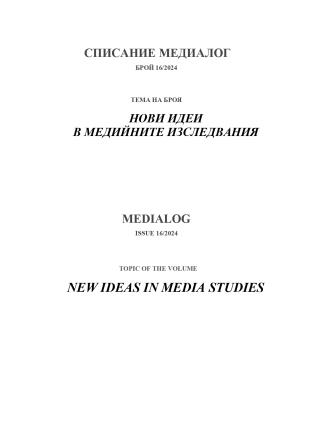
The book “Kicked a Building Lately? Architectural Criticism after the Digital Revolution” by Aneta Vasileva also becomes a history of writing about architecture in the first decades of the digital revolution. But it is also a history of the parallel lives of paper newspapers and online blogs. The tension between digital/analog is very well sketched in her text. This allows her to describe the transition of architectural criticism from the media to social networks. The author introduces us to the history of criticism, which tries to make visible the processes in an increasingly invisible architectural history.
More...